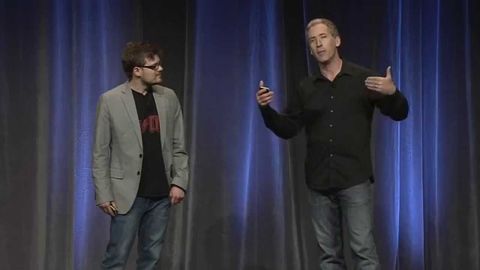
Subtitles & vocabulary
Google I/O 2014 - What's new in Android
00
Hhart Budha posted on 2014/06/16Save
Video vocabulary
stuff
US /stʌf/
・
UK /stʌf/
- Uncountable Noun
- Generic description for things, materials, objects
- Transitive Verb
- To push material inside something, with force
B1
More material
US /məˈtɪriəl/
・
UK /məˈtɪəriəl/
- Noun (Countable/Uncountable)
- Cloth; fabric
- Supplies or data needed to do a certain thing
- Adjective
- Relevant; (of evidence) important or significant
- Belonging to the world of physical things
A2
More bit
US /bɪt/
・
UK /bɪt/
- Noun
- Device put in a horse's mouth to control it
- Small piece of something
- Intransitive Verb
- (E.g. of fish) to take bait and be caught
A1
More activity
US /ækˈtɪvɪti/
・
UK /æk'tɪvətɪ/
- Noun (Countable/Uncountable)
- An action or task, e.g. sports, washing clothes
- Something that is done by a company or organization.
A1
More Use Energy
Unlock All Vocabulary
Unlock pronunciation, explanations, and filters
